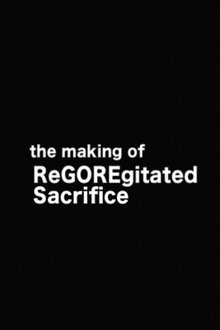A short documentary about a female truck driver in the United Kingdom.
Related Movies

The Last Day (2024)
A visual essay by filmmaker and critic David Cairns. Recorded for Arrow Video in 2023. Included as a special feature on the 2024 Limited Edition Blu-ray and DVD release of The Shootist.
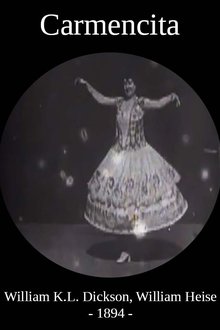
Carmencita (1894)
The first woman to appear in front of an Edison motion picture camera and possibly the first woman to appear in a motion picture within the United States. In the film, Carmencita is recorded going through a routine she had been performing at Koster & Bial's in New York since February 1890.
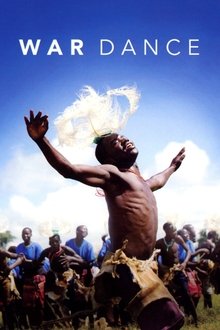
War Dance (2007)
Three children living in a displacement camp in northern Uganda compete in their country's national music and dance festival.

If My Father Were Made of Stone (2010)
The sculptor Sergio Camargo died 20 years ago. If the bones left in the grave are in fact his remains, would his sculptures be living remains? What's ephemeral and what's lasting? Is there a possible eternity? We see the movie through the eyes of the daughter confronting both the artist and the man.
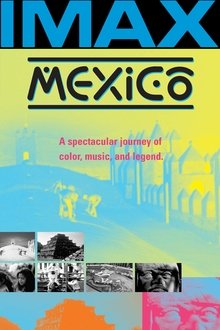
Mexico (1996)
Using text from Mexican novelist Carlos Fuentes and ancient Aztec and Mayan poetry, viewers are lead on a visual journey through this country's rich and varied past and present. Stunning images and a dramatic musical score by Daniel Valdez create a vivid, insightful portrait of the Mexican people and their culture
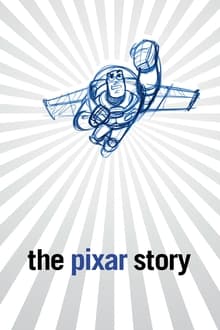
The Pixar Story (2007)
A look at the first years of Pixar Animation Studios - from the success of "Toy Story" and Pixar's promotion of talented people, to the building of its East Bay campus, the company's relationship with Disney, and its remarkable initial string of eight hits. The contributions of John Lasseter, Ed Catmull and Steve Jobs are profiled. The decline of two-dimensional animation is chronicled as three-dimensional animation rises. Hard work and creativity seem to share the screen in equal proportions.
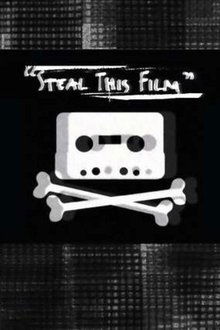
Steal This Film (2006)
Steal This Film focuses on Pirate Bay founders Gottfrid Svartholm, Fredrik Neij and Peter Sunde, prominent members of the Swedish filesharing community. The makers claimed that 'Old Media' documentary crews couldn't understand the internet culture that filesharers took part in, and that they saw peer-to-peer organization as a threat to their livelihoods. Because of that, they were determined to accurately represent the filesharing community from within. Notably, Steal This Film was released and distributed, free of charge, through the same filesharing networks that the film documents.
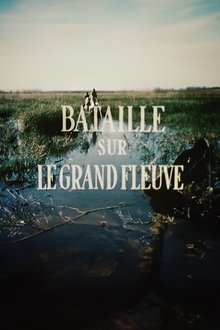
Battle on the Great River (1950)
In 1946 ethnographic researcher Rouch had attempted to film a "Bangaoui," a hippopotamus hunt along the river Niger, but the results were unsatisfactory.Five years later, he returns and makes the extra effort to get it right this time.
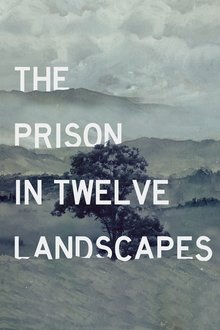
The Prison in Twelve Landscapes (2016)
More people are imprisoned in the United States at this moment than in any other time or place in history, yet the prison itself has never felt further away or more out of sight. This is a film about the prison in which we never see an actual penitentiary. The film unfolds a cinematic journey through a series of landscapes across the USA where prisons do work and affect lives, from an anti-sex-offender pocket park in Los Angeles, to a congregation of ex-incarcerated chess players shut out of the formal labor market, to an Appalachian coal town betting its future on the promise of prison jobs.
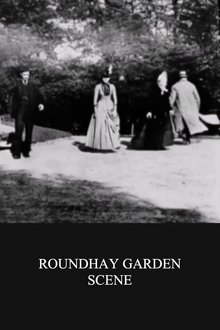
Roundhay Garden Scene (1888)
The earliest surviving celluloid film, and believed to be the second moving picture ever created, was shot by Louis Aimé Augustin Le Prince using the LPCCP Type-1 MkII single-lens camera. It was taken in the garden of Oakwood Grange, the Whitley family house in Roundhay, Leeds, West Riding of Yorkshire (UK), possibly on 14 October 1888. The film shows Adolphe Le Prince (Le Prince's son), Mrs. Sarah Whitley (Le Prince's mother-in-law), Joseph Whitley, and Miss Harriet Hartley walking around in circles, laughing to themselves, and staying within the area framed by the camera. The Roundhay Garden Scene was recorded at 12 frames per second and runs for 2.11 seconds.

Traffic Crossing Leeds Bridge (1888)
A film by Louis Aimé Augustin Le Prince, shot in late October 1888, showing pedestrians and carriages crossing Leeds Bridge.

Room 19 (2014)
Room 19 follows an elementary school teacher who uses an innovative art curriculum to inspire her students, and transform the way they see the world, and themselves. Room 19 is a third grade classroom at Tulita Elementary School in Redondo Beach, California, the home room of teacher Mrs. Julie Tamashiro. Mrs. Tamashiro has created an innovative learning environment which incorporates in depth arts activities and lessons in her daily curriculum.

Devil in the Room (2013)
Have you ever woken in the night unable to move, certain that you are not alone? This is an experimental documentary examining what happens when dreams leak into waking life. It is about what is real, what is not, and if it even matters.

Blood (2013)
Documentary following a mobile blood donation team travelling through rural Russia, where people sell their blood to make ends meet.

Mothers of Life (2002)
A documentary on the experiences of the Nubetya Yaptiks nomadic family in the Yamal Peninsula, Eastern Siberia, from 1992 to 2001.
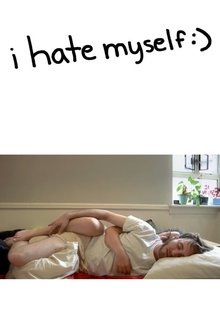
i hate myself :) (2017)
Nebbishy filmmaker Joanna Arnow documents her yearlong relationship with an open-mic poet provocateur. What starts out as an uncomfortably intimate portrait of a dysfunctional relationship and protracted mid-twenties adolescence, quickly turns into a complex commentary on societal repression, sexuality and self-confrontation through art.

Bears (2004)
From polar bears in the arctic tundra to black bears in the Northern Rockies, you'll see some of the most spectacular footage ever shot of these enterprising omnivores. Catch salmon with a group of hungry grizzlies on the McNeil River in Alaska. Crawl inside a den with a mother black bear and her cubs. Learn about the challenges facing each of these species as their habitat diminishes.
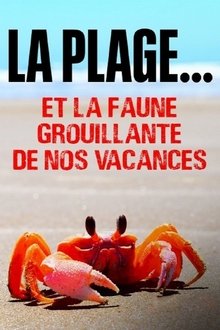
Der Strand: Tierisches aus dem Ferienparadies (2022)
If the beach is synonymous with holidays and relaxation, it is also of capital importance for the animals and plants that flourish there. Between wet towels, umbrellas and sandcastles, the real inhabitants of this golden expanse have developed amazing strategies to adapt to the tourist crowds.

Coral Reef Adventure (2003)
Coral Reef Adventure follows the real-life expedition of ocean explorers and underwater filmmakers Howard and Michele Hall. Using large-format cameras, the Halls guide us to the islands and sun-drenched waters of the South Pacific to document the health and beauty of coral reefs. Featuring songs written and recorded by Crosby, Stills & Nash.
